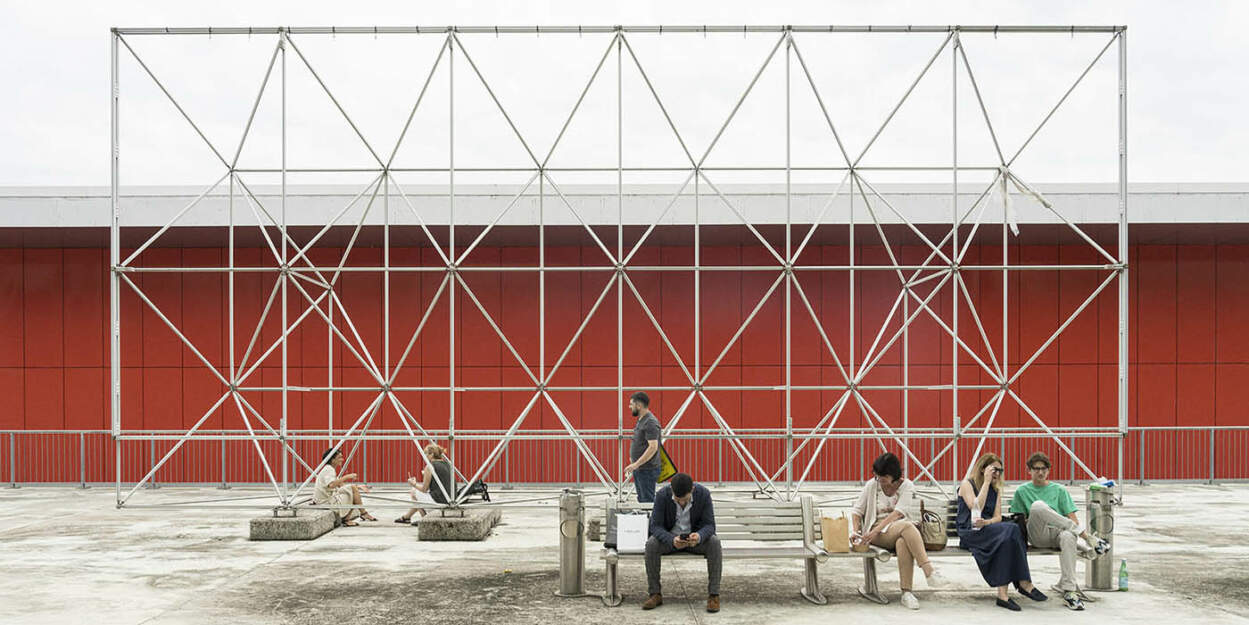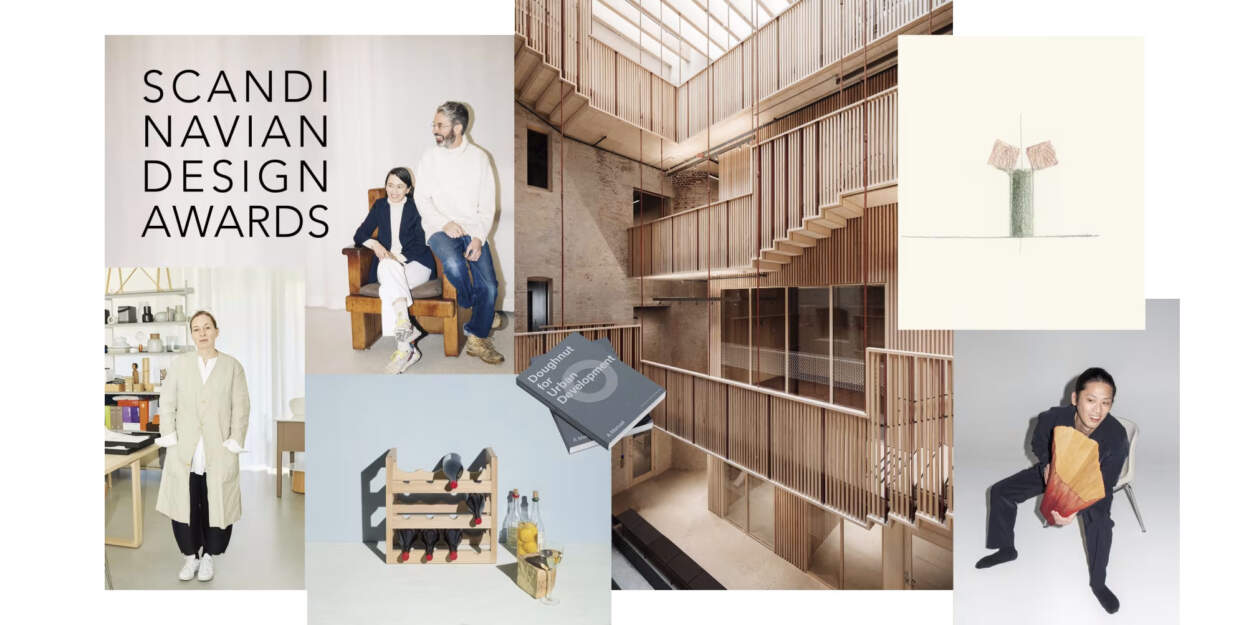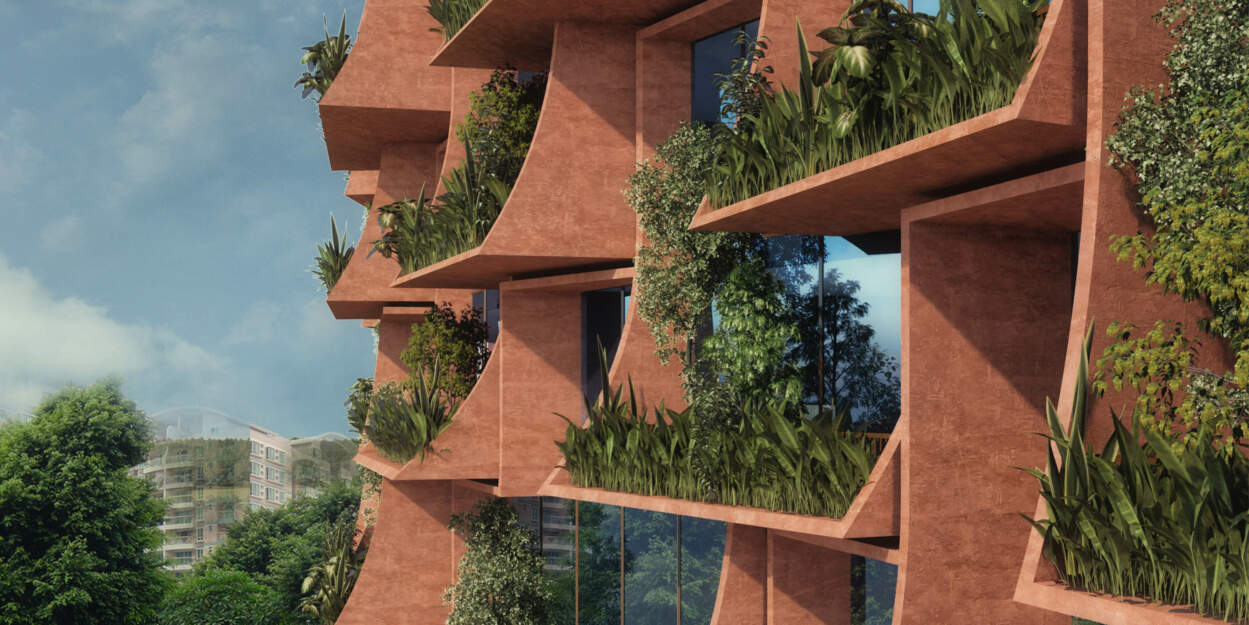The Royal Institute of British Architects (RIBA) has published his ‘Working With Architects' survey.
The survey highlights how architects are perceived by construction clients.
The disclosure provide an overview of clients' thought regarding the design qualities of their projects and the services they received from their architects.
The data provides intelligence for RIBA Chartered Architects and Practices, and will help the RIBA to prioritise events and services for members.
Former RIBA President and current RIBA Ambassador for Clients Stephen Hodder MBE said:
“These findings are a vital body of intelligence for the profession and the RIBA. The results show the need for even closer collaboration between our profession and our clients; they present positive learning points for agile architects.”
This report teases out the things that clients look for in their ideal architect.
It indicates that the profession must adapt to prosper, and this action falls into ve broad categories: championing the vision; listening and understanding; en- gaging with people; delivering technical tal- ent; and learning and improving.
Clients want to see architects involved in post-occupancy evaluations, providing evidence of what works well and what doesn't. Continuous improvement is central to architects' professionalism. It benefits the buildings they design and in turn the economies and culture of the communities they serve.
‘Architects need to learn which bits make a difference to the educational outcomes. Inspiring spaces make a difference; tiny details around a door frame do not,' says Lyndsay Smith, director of education and national frameworks at Morgan Sindall.
‘Architects need to be learning organisations,' says Neil Usher, BskyB's workplace director. ‘There is a huge responsibility on the part of the architects to deliver high quality design.'
So, what is a better experience than a educational travel? An inspiring tour trough Italian cultural heritage visiting the most beautiful industrial design furniture companies headquarters and the most interesting architecture peculiar to these industrial sites?
Top findings of Royal Institute of British Architects' survey are:
- Clients were overall pleased with their projects
Clients were highly satisfied with their buildings. Three-quarters of private domestic and commercial clients, and 51% of contractors, were either ‘very' or ‘quite' satisfied with their projects.
- Architects were more highly rated than non-architects
Architects achieve higher client satisfaction ratings than non-architects in all performance measures, particularly for developing and interpreting the brief.
- Architects' design skills were highly rated
Clients were highly satisfied by their projects' aesthetic and other design qualities (such as levels of daylight, room dimensions, ease of circulation, and so on) and their architects' abilities to meet the brief.
- Process management skills were less highly rated
Clients consistently rated architects' process management skills lower than their design skills.
- Architects selected through personal recommendation were highly rated
Architects selected through personal recommendation or because the client had used them before were rated significantly higher than architects selected in other ways.
- Follow up rated highly
Architects who followed up after the end of the project, especially when not contracted to do so, were more highly rated than architects who did not.
- Private domestic clients most satisfied
Private domestic clients consistently gave the highest ratings on all satisfaction measures.
- Contractors least satisfied
Contractor clients consistently gave the lowest ratings on all satisfaction measures
The Summary Report of the Royal Institute of British Architects' survey is available to download for free from the RIBA website
Findings are summarised in the influential report ‘Client & Architect – developing the essential relationship'[/fusion_builder_column][/fusion_builder_row][/fusion_builder_container]








